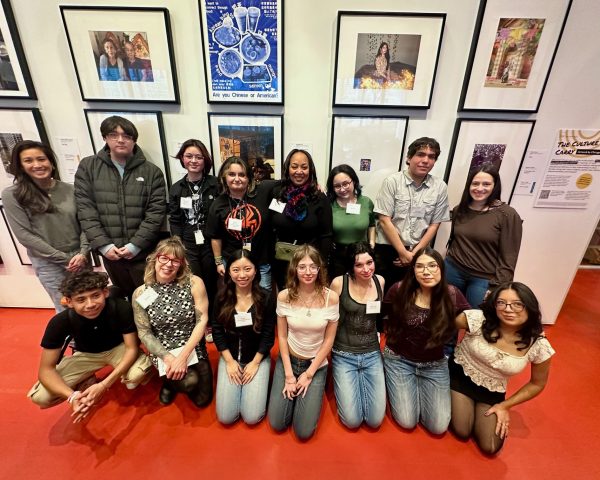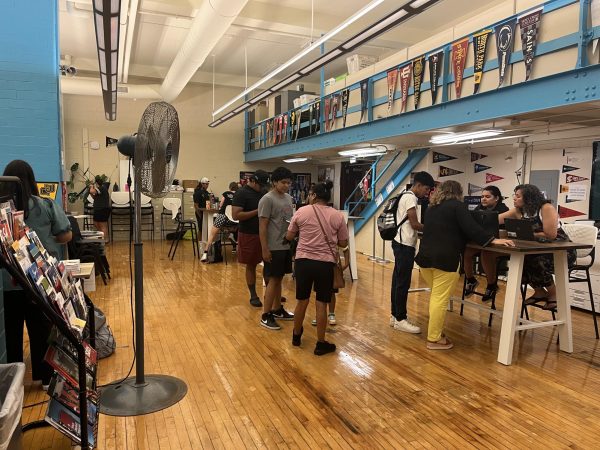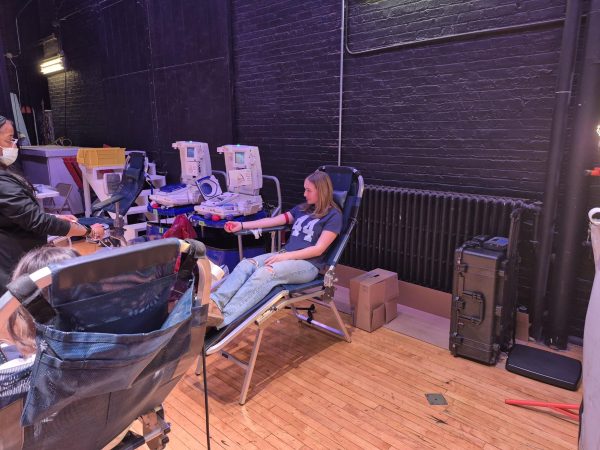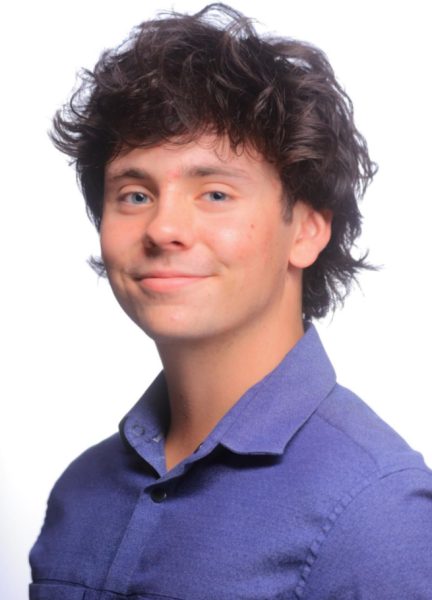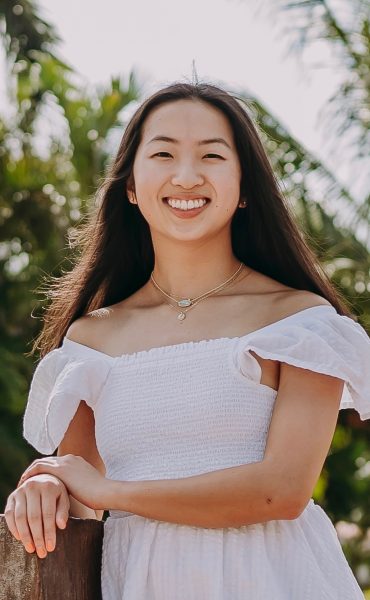The trailblazers who changed the face of Lane
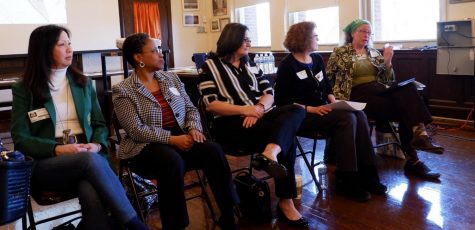
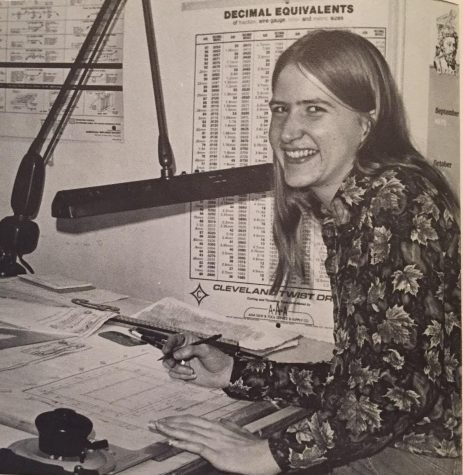
As Mary Moy Gregg stepped off of her bus and peered across Lane’s vast lawn, dominated by boys, she replayed the taunting words of her older brothers.
“You’re not smart enough to be here,” they told her.
That sentiment would inspire and motivate Gregg as she went on to be among just over 300 girls enrolled in Lane’s first co-ed freshman class in 1971. Having skipped the seventh grade, she would graduate at 16 and become a leader in her shop class.
On March 19, Gregg was among six women from the Class of 1975 to return to their alma mater for a panel discussion about their unique place in history at Chicago’s landmark high school.
Among the group was Class of 1976 alum Michelle Weiner, current president of the Lane Alumni Association. Weiner was enticed by Lane’s reputation of having a challenging environment, but her mother was less than confident that a girl could thrive within Lane’s classrooms.
“I had to get my eighth-grade teachers to [write a recommendation] to let me come here,” Weiner said.
Weiner’s mother was not the only one concerned about the plan. According to DNAinfo, CPS Superintendent James Redmond first proposed the co-education plan to bolster admissions in the late 1960s and immediately met resistance from Lane’s students and faculty. Yet he, and others persisted.
In the spring of 1971, upwards of 1,500 male students chanted, “We don’t want no broads” as they marched from Lane to the Board of Education offices downtown to protest the approval of Redmond’s plan. Among them were Gregg’s two older brothers.
Despite the resistance, the CPS Board of Education approved Redmond’s proposal and upwards of 300 girls were admitted into Lane in the 1971-72 school year, launching greater equity and a new era of excellence at Lane.
Even after this historic shift, incoming female students were met with many caveats and challenges. To be admitted, girls were required to score higher on the entrance exam than their male peers, and it would take years for the school culture to truly embrace a co-ed student body.
Several women in the forum recalled that they felt less than welcomed upon their arrival. All had stories of being harassed by their male peers. Gregg was assaulted on her first day.
“In the passing period, there was a sea of men all around me,” Gregg said. “All of a sudden I felt someone grab my ass. I turned around and slapped the guy behind me.”
The daily harassment was not only physical. Cisley Celmer, the first female student council president and editor of The Warrior, recalled being tormented by her male peers during class and ignored by her teachers despite raising her hand.
“I was the only girl in my Latin class and the teacher put me in the exact middle,” Celmer said. “That meant the boys could harass me for two years.”
Some female students transferred after their first year, but others, like Gregg, now an entrepreneur and corporate executive, only grew stronger and more resolved amid the challenges.
“That’s how our days were,” Gregg said. “Boys didn’t want us, teachers didn’t want us and I didn’t care. I’m here. You’re gonna have to deal with me.”
Celmer and Maya Ramirez, who started Lane’s first girls’ soccer club, also worked on Lane’s underground student newspaper, The Oppressed.
They wrote editorials on the importance of educating oneself on their constitutional rights and the manner in which school discouraged individuality.
Lane’s administration had previously attempted to dismantle the newspaper by filing a lawsuit, but the U.S. court of appeals for the seventh circuit ruled in March 1972 that the paper was not a violation of any laws because it was distributed outside of school, thus never interfering with the school day.
Kelly Chesney, Class of 1977, was one of the first girls enrolled in Lane’s JROTC program. She said that one of her favorite classes was shop, where she was armed with practical skills that she still uses today. Chesney was additionally equipped with the tenacity to find success as a lawyer and is now the co-owner of a firm.
“I’ve been in a job dominated by men my whole life,” Chesney said. “I’m used to it. It’s like you are home again.”
Chesney advises those facing adversity to take advantage of the opportunities available to them.
“Challenge yourself,” Chesney said. “Don’t let anyone tell you you can’t do it.”
Leslie Jackson, Class of 1975, is now an occupational therapist and credits her success to the education she received at Lane, despite the race and gender-related prejudice she endured.
“This is where I was introduced to the notion that I am enough,” Jackson said. “That I can succeed on my own terms. I have been able to do that and find success in my own field. It started here.”
Your donations directly fund the Lane Tech student journalism program—covering essential costs like website hosting and technology not supported by our school or district. Your generosity empowers our student reporters to investigate, write, and publish impactful stories that matter to our school community.
This website is more than a publishing platform—it's an archive, a research tool, and a source of truth. Every dollar helps us preserve and grow this resource so future students can learn from and build on the work being done today.
Thank you for supporting the next generation of journalists at Lane Tech College Prep!
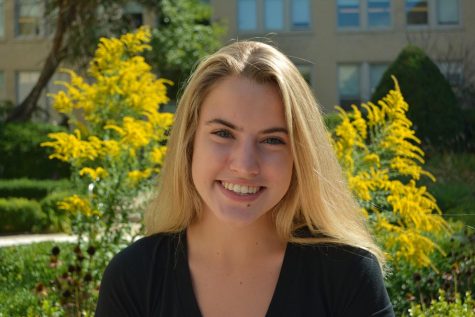
Olivia Fergus-Brummer has been writing for the Warrior since the fall of 2018 and is now a senior. She loves theatre, political science, and music, and...


